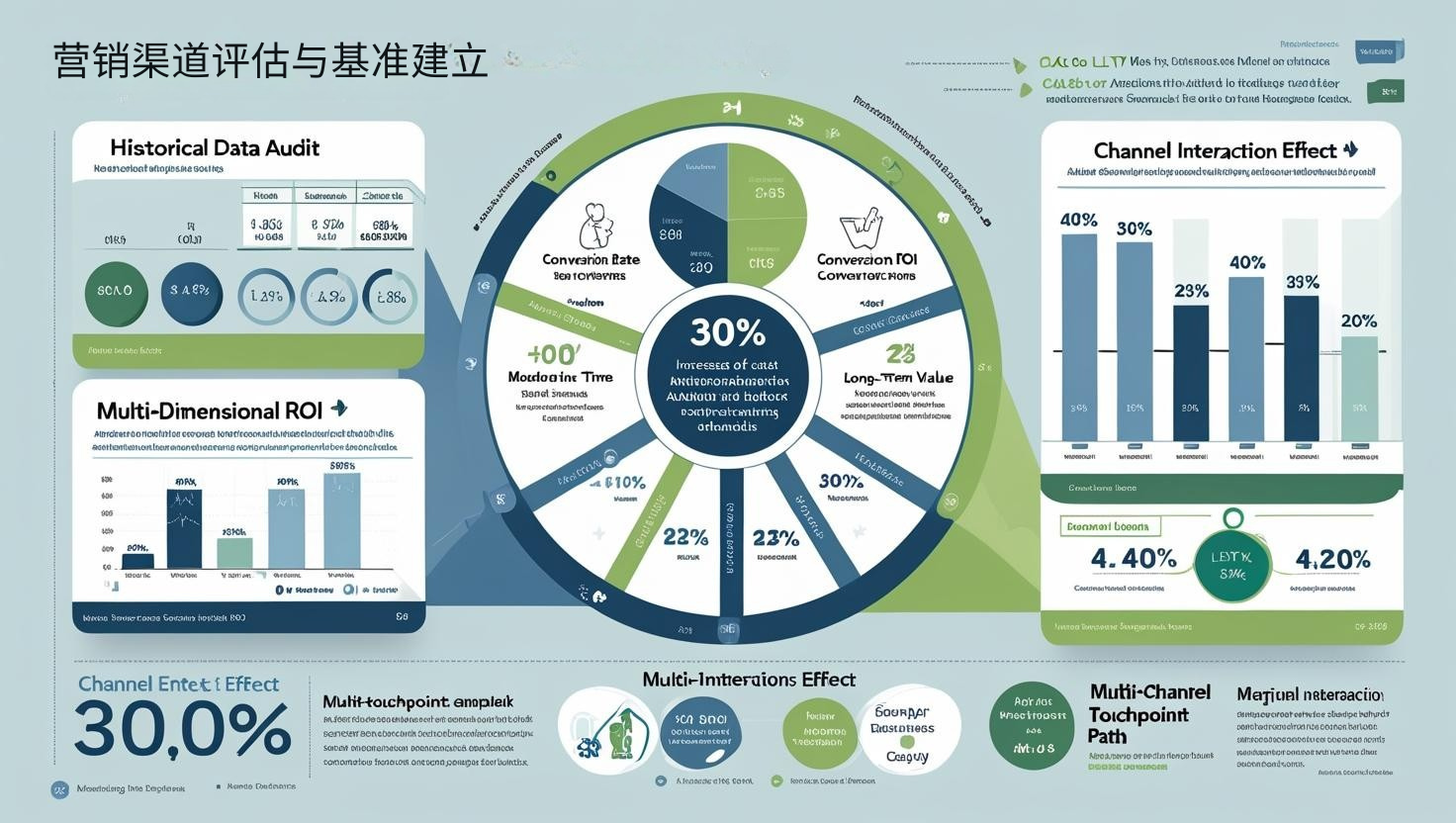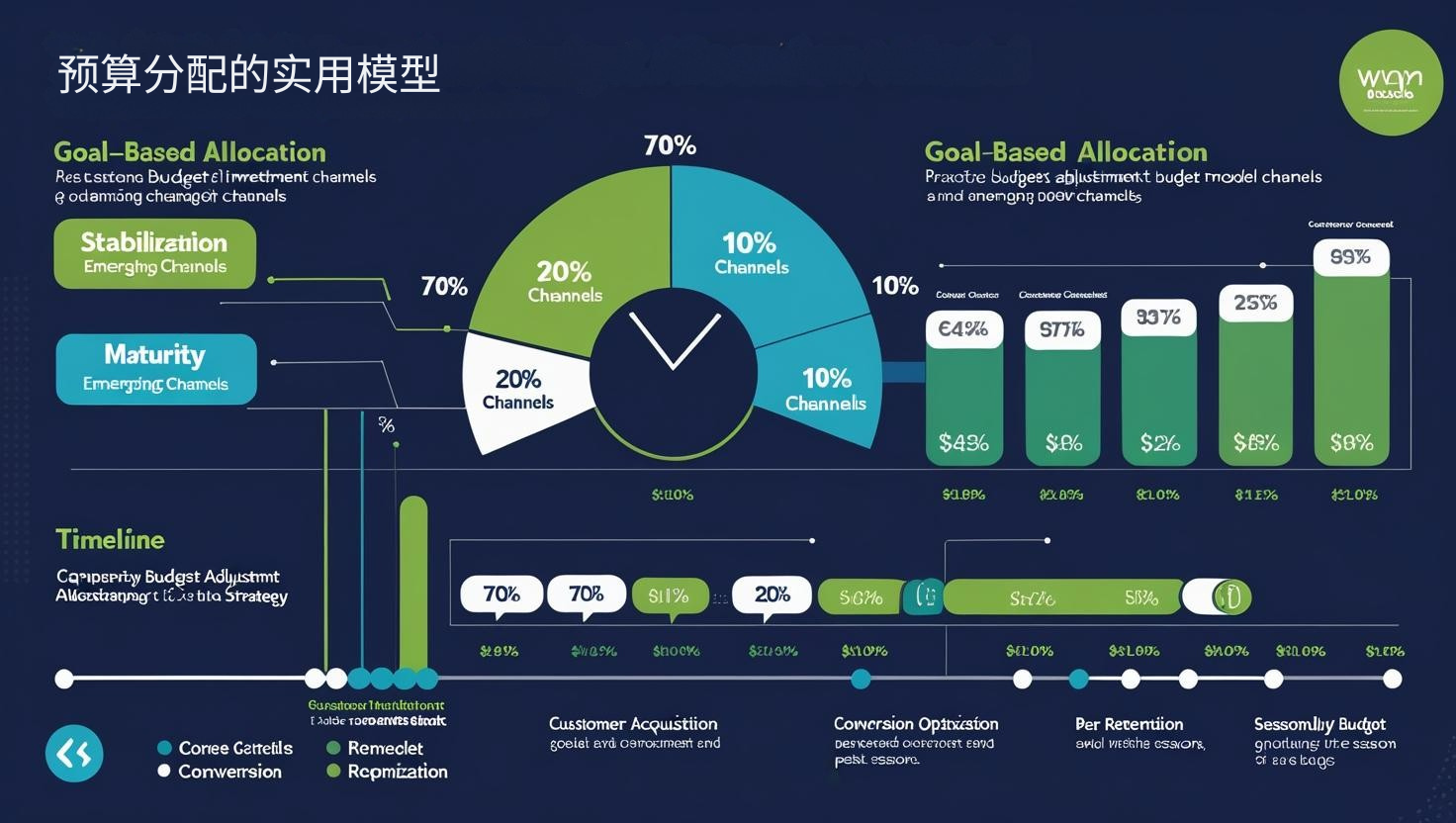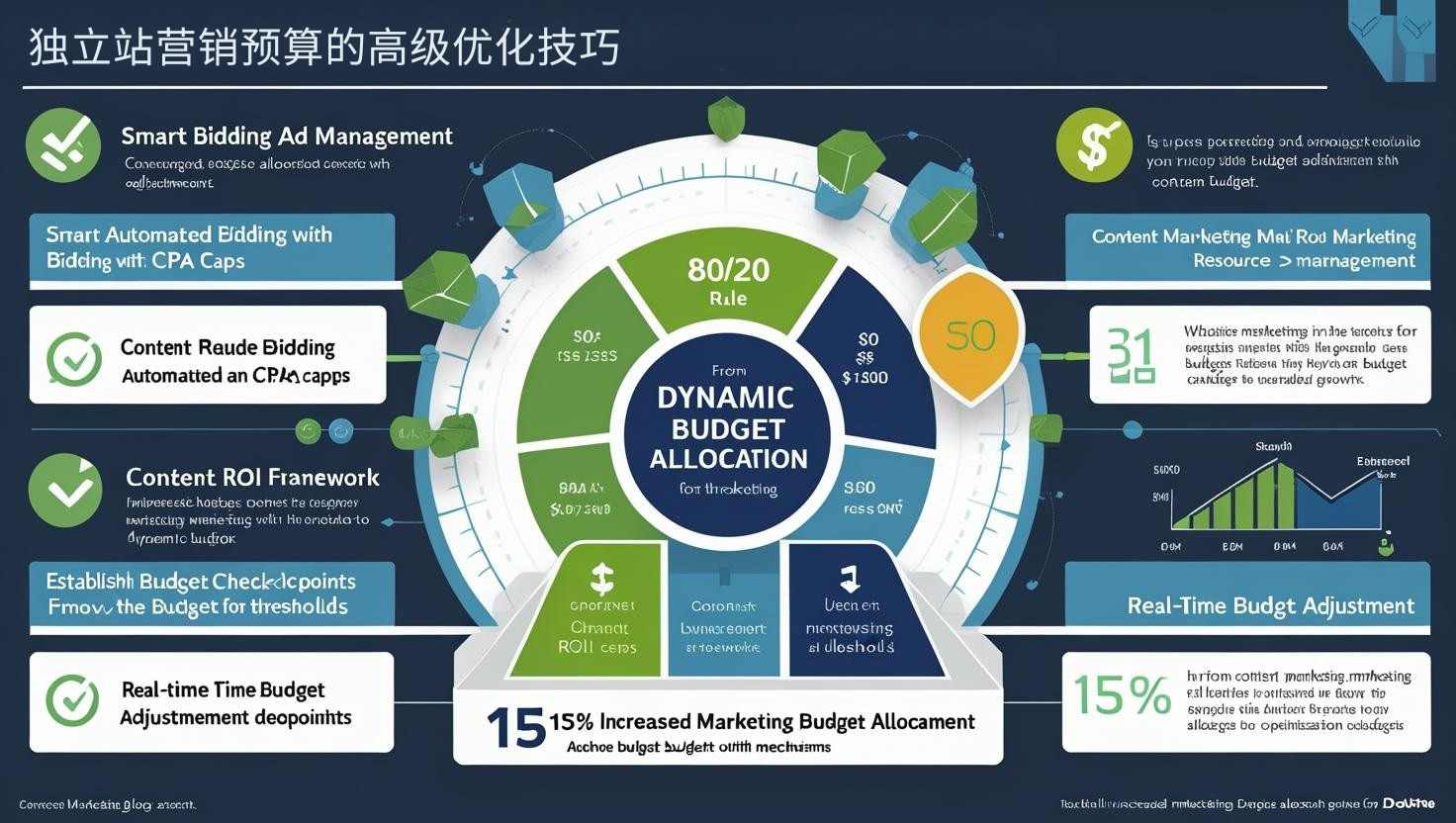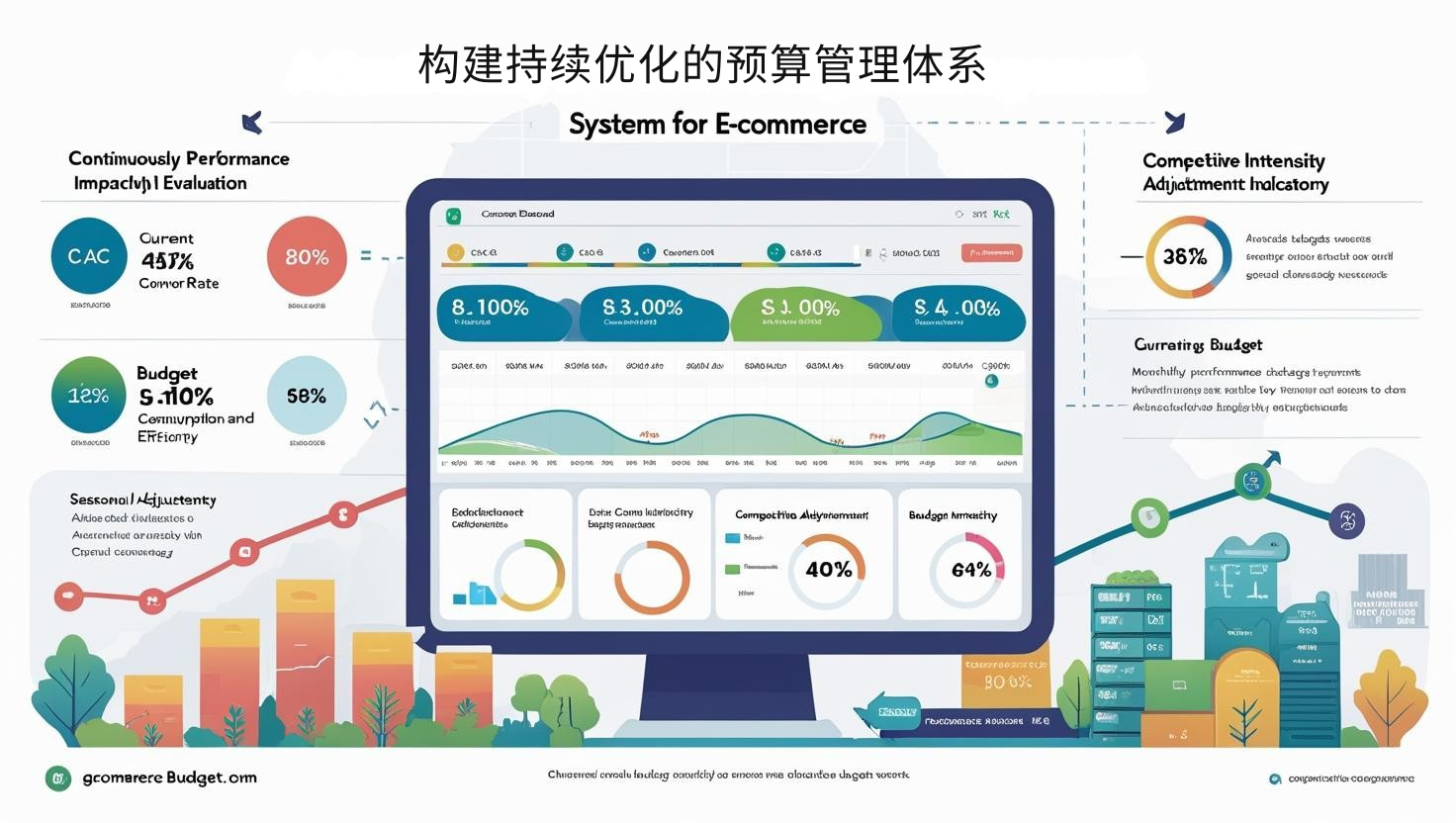Marketing Channel Evaluation and Benchmarking
Scientific budget allocation begins with a comprehensive channel evaluation:
-
Historical Data Audit: Comprehensively analyze marketing data from the past 6-12 months:
- CAC to LTV ratios for each channel
- Channel conversion rates and conversion times
- Average order value and repurchase rate for customers across different channels
- Seasonal fluctuations and the impact of special events
-
Multi-dimensional ROI calculation: Go beyond simple "cost/revenue" calculations:
- Short-term ROI: Direct return within 30 days
- Medium-term ROI: Includes repurchase value within 90 days
- Long-term ROI: Includes customer referrals and brand value enhancement
- Marginal ROI: The trend of return after increasing investment
-
Channel Interaction Effect Analysis: Evaluate the synergy between channels
- Assisted conversion impact (one channel assists another channel in achieving a conversion)
- Multi-channel touchpoints and conversion contribution
- Channel cross-lift effect
- The complementary relationship between brand awareness and direct response channels
According to a Harvard Business Review study, companies using a multi-touchpoint attribution model have an average marketing efficiency that is 30% higher than those using last-click attribution. Properly evaluating the true contribution of each channel is the first step in budget optimization.
Practical Budget Allocation Model
Based on the results of the channel assessment, use the following strategy to allocate budget:
-
70/20/10 Model: Balancing certainty and exploration:
- 70% of the budget is allocated to core channels with proven high ROI
- 20% is allocated to channels with moderate performance but room for improvement
- 10% is used to test emerging channels or innovative strategies
-
Goal-Based Allocation: Adjust focus based on business stage:
- Growth Phase: 60% is allocated to acquisition
- Stable phase: 40% for customer acquisition, 30% for conversion optimization, and 10% for retention
- Mature phase: 30% for customer acquisition, 30% for conversion optimization, and 40% for retention
-
Seasonal budget adjustments: Optimize investment based on seasonal fluctuations in the industry
- Gradually increase budget 4-6 weeks before peak season to capture early demand signals
- Concentrate investment during peak periods while closely monitoring changes in marginal returns
- Maintain minimum viable investment during off-season, focusing on testing and infrastructure development
Advanced Optimization Techniques for Independent Website Marketing Budgets
After allocating budget, use the following strategies to further optimize return on investment:
-
Smart Management of Bidding Ads:
- Implement automated bidding strategies, but set a clear CPA cap
- Set different conversion values based on product profit margins
- Apply target ROAS bidding to increase investment in high-return keywords
- Use geographic and time-based targeting to avoid inefficient delivery times
-
Content Marketing Resource Allocation:
- Use a content ROI framework to evaluate the effectiveness of different content types
- Dedicate 80% of your budget to content marketing. Update high-performing existing content and create 20% new content.
- Allocate resources based on content funnel stage (awareness, consideration, decision).
- Prioritize investments in long-term organic traffic assets, such as SEO and email lists.
-
Real-time budget adjustment mechanism:
- Establish daily/weekly budget checkpoints and set thresholds for triggering adjustments.
- Implement gradual budget shifts to avoid drastic fluctuations.
- Establish a budget reserve (5-10% of the total budget) to capitalize on unexpected opportunities.
- Use A/B testing to confirm the effectiveness of large budget adjustments.
According to Deloitte research, companies that implement dynamic budget allocations generate an average of 15% more marketing value than those using fixed annual budgets. Continuously optimizing budget allocation as data accumulates and the market changes is more important than creating a perfect initial plan.
Build a continuously optimized budget management system
Marketing budget management should be an ongoing process rather than a one-time decision:
-
Establish a budget decision dashboard: Create a real-time monitoring system that includes the following metrics:
- Current CAC, conversion rate, and ROI trends for each channel
- Budget consumption rate and efficiency changes
- Seasonal adjustment factor and competitive intensity indicator
- Budget adjustment history and impact records li>
-
Perform regular comprehensive budget reviews:
- Monthly channel performance evaluation and budget fine-tuning
- Quarterly comprehensive channel portfolio review
- Annual marketing technology stack assessment and new channel exploration
- Immediately conduct impact analysis after special events (such as algorithm changes)
Through a systematic budget allocation and optimization process, e-commerce operators can maximize marketing effectiveness within limited resources. Remember, optimal budget allocation is not a static process but a dynamic process that continuously evolves as the business grows, the market changes, and data accumulates. 










